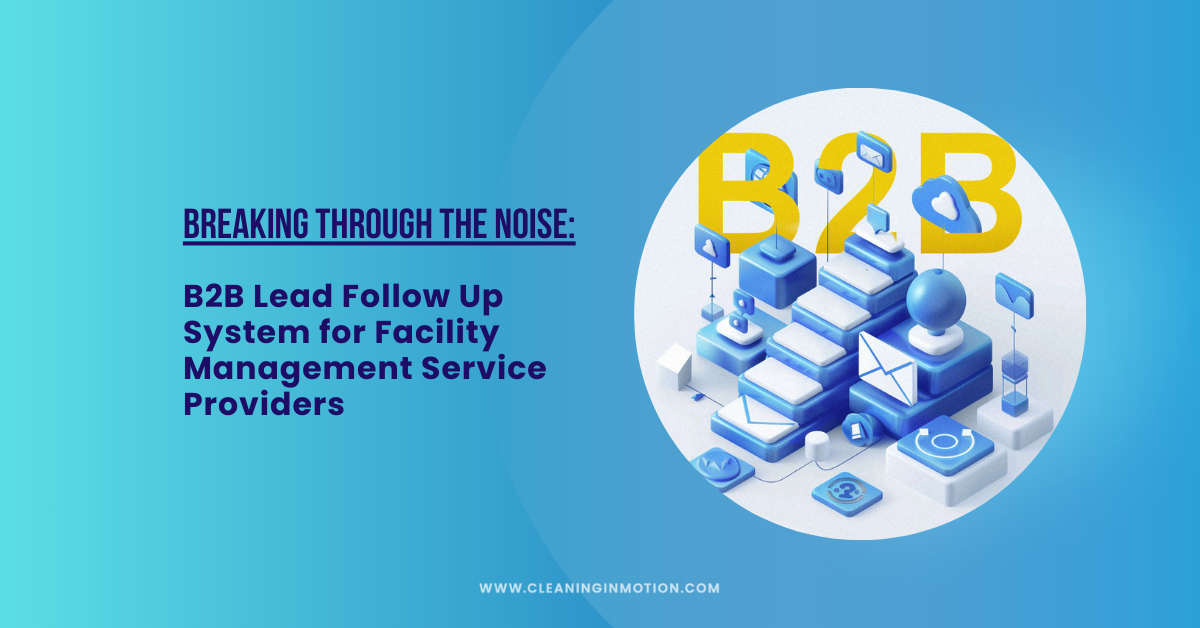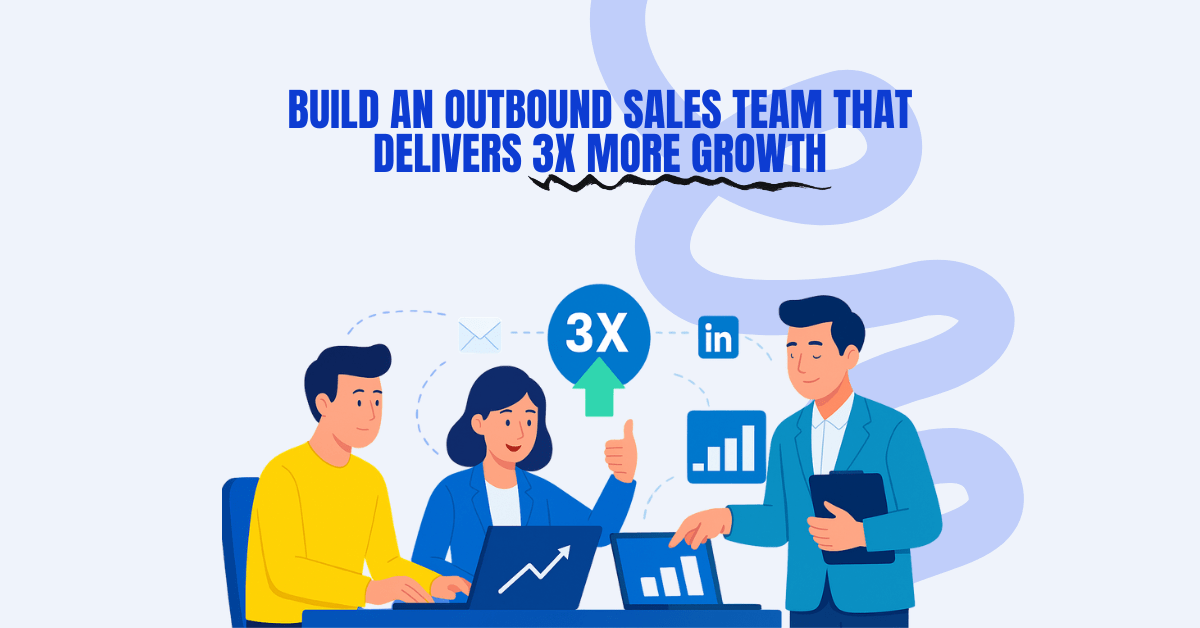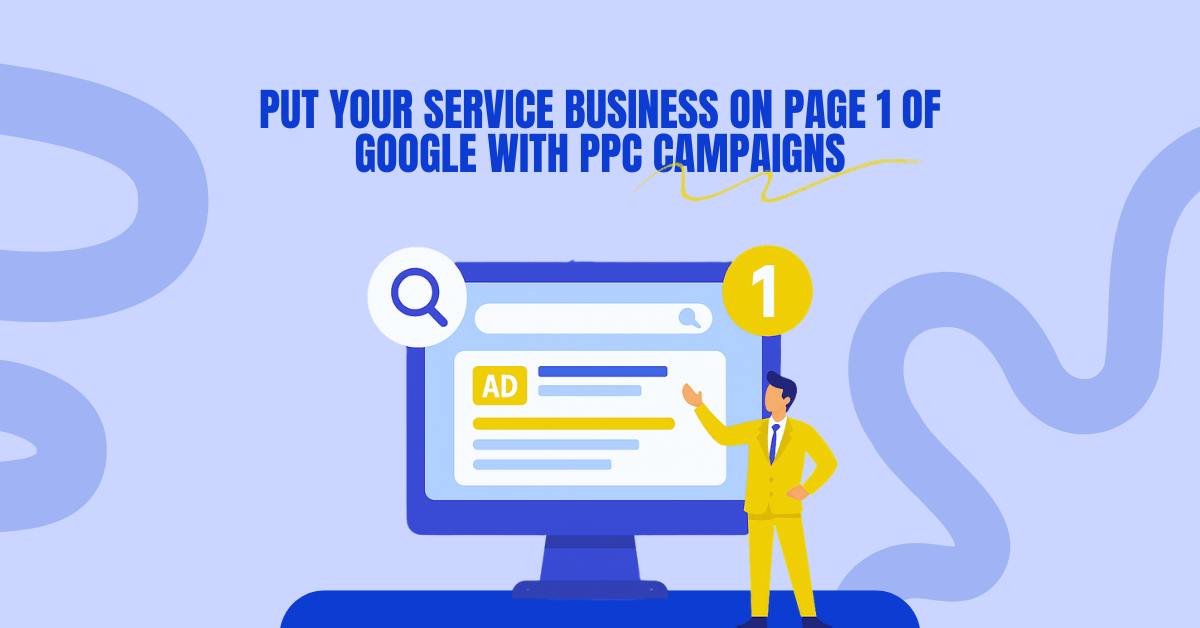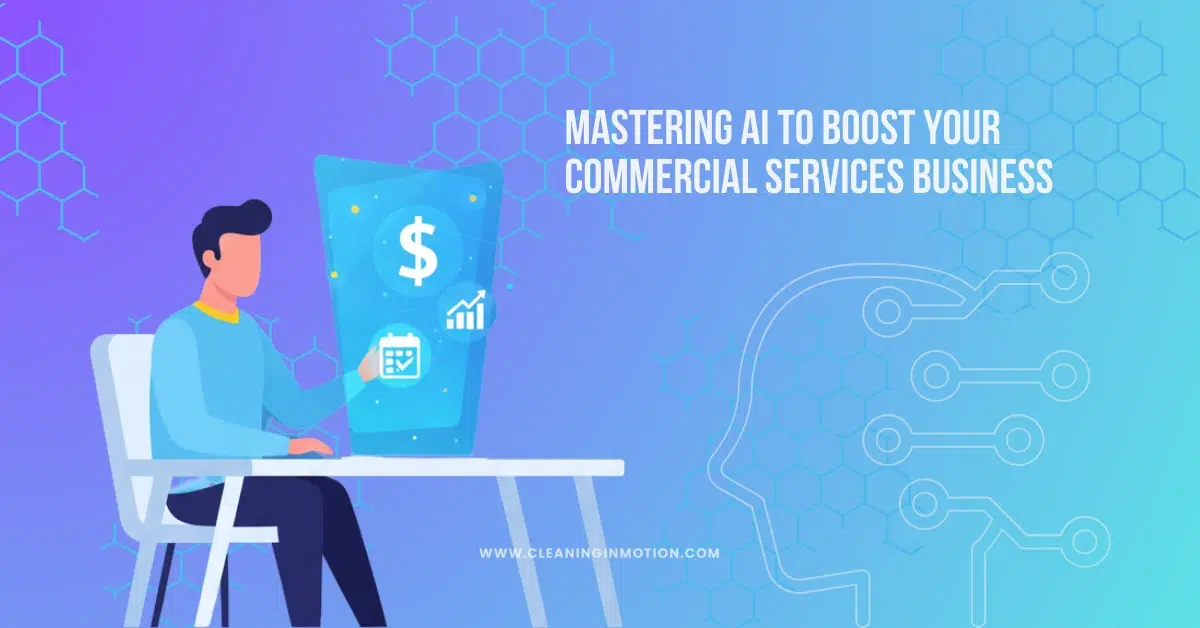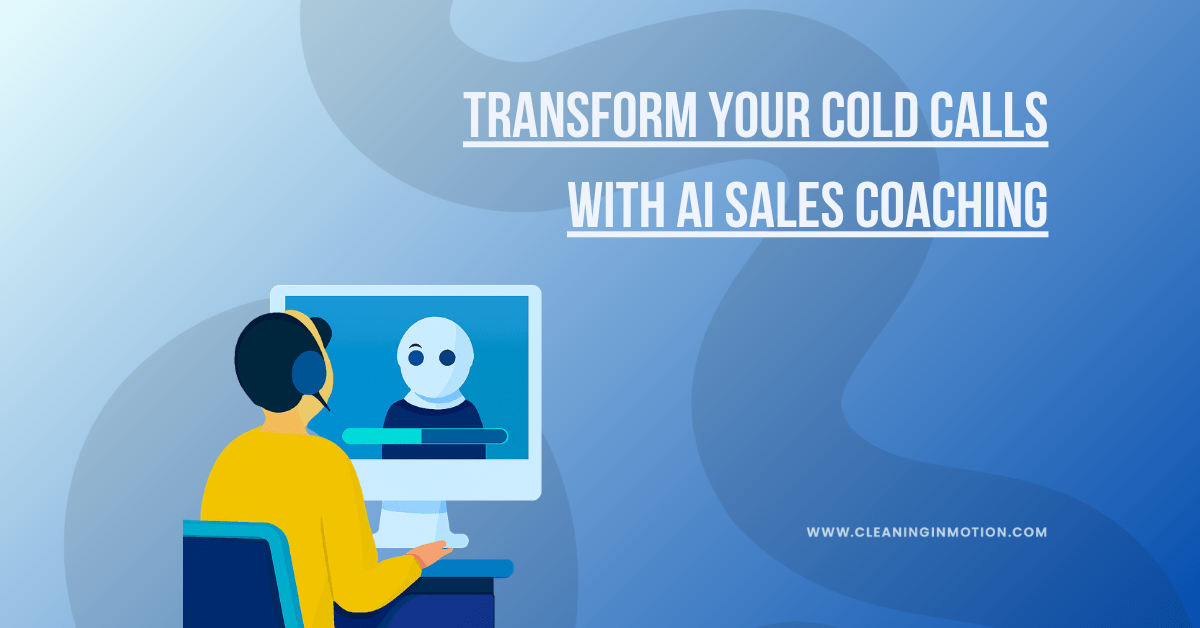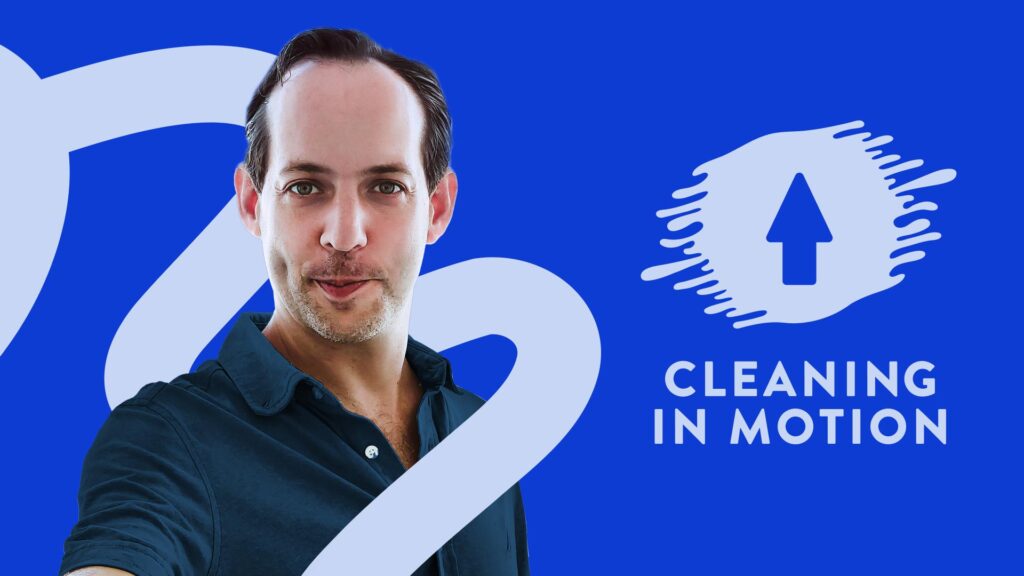In the busy world of facility management, scoring a potential customer is just the tip of the iceberg. Here’s the kicker: if you want to transform that lead into a closed deal, you need a solid lead follow up system. Did you know that a staggering 80% of successful sales require at least five follow-ups after that initial contact?. Yet, most salespeople—about 92%—give up after just four rejections. It’s like throwing in the towel when you’re just a step away from victory!
Now, let’s be real. Decision-makers in facility management are bombarded with countless pitches daily. So how do you cut through the noise? Here’s where the magic of persistence and personalization comes into play. Imagine the impact of strategically timed text messages or engaging social media interactions that keep you top of mind.
This blog post is your guide to mastering the art of follow-ups. We’ll reveal helpful tips on how to effectively connect with potential customers, improve your lead response rates, and move leads through your pipeline like a pro. Let’s dive in!

The Multi-Channel Approach to Lead Follow Up Systems
Embracing a multi-channel strategy for your follow-up efforts is crucial. By combining cold emails, LinkedIn outreach, phone calls, and direct mail, you can engage your prospects through various touchpoints. This diversified approach is essential because facility management clients are flooded with outreach efforts daily. To truly cut through the clutter, your strategy should include:
- Personalized cold emails addressing specific facility pain points.
- Targeted LinkedIn messages and voice messages.
- Strategic direct mail to overcome digital fatigue.
- Warm phone calls that reference previous interactions.
Incorporating these tactics increases your chances of capturing your audience’s attention. Importantly, statistics underscore the value of this approach: integrating multiple channels can significantly enhance engagement rates. According to a recent study, multi-channel marketing campaigns yield a 24% higher ROI compared to single-channel campaigns (McKinsey). For facility management service providers, diversifying your outreach efforts is not just beneficial; it’s imperative for sparking more conversations and, ultimately, securing more closed deals.
Studies show that brands that launch multichannel marketing campaigns powered by a Customer-Led Marketing platform consistently realize a ~40% increase in response rates and a total uplift of more than 25%. The message is clear: consistency and personalization across these channels are key.
The Power of Persistence and Personalization
Persistence is vital, with studies indicating that 80% of sales require at least five follow-up calls post-initial meeting. This highlights the importance of not giving up too soon. Regular follow-ups across various channels keep you top-of-mind for decision-makers, increasing the likelihood of progressing the deal.
Elevating Personalization and Capturing Decision-Maker Attention
In the competitive landscape of B2B sales for facility management, the art of personalization extends far beyond emails, LinkedIn messages, and phone calls. It’s about creating an unexpected, delightful experience that not only disrupts the daily routine of decision-makers but also leaves a lasting positive impression. This innovative approach involves sending thoughtfully curated packages that can brighten a decision-maker’s day and ensure your message stands out.
Imagine the surprise and delight when a decision-maker receives a beautifully packaged box, not just any box, but one that contains a selection of fine chocolates accompanied by a personalized handwritten note expressing genuine interest and understanding of their unique challenges. Or consider the impact of a branded gift, perhaps an elegant, useful office item, paired with gourmet popcorn, ready to be enjoyed during a break. These tangible gestures transcend traditional communication barriers, fostering a personal connection and making your proposition memorable.
Such personalized packages serve a dual purpose; they not only disrupt the usual clutter of digital and paper communication but also humanize the interaction. By tailoring these gifts to reflect the interests or needs of the decision-maker, you demonstrate a deep level of personal investment and attentiveness. This strategy leverages the psychology of reciprocity and goodwill, where the act of giving, especially something of unexpected value and personal relevance, can significantly enhance the recipient’s perception of and engagement with the sender.
Incorporating this level of personalization and thoughtful disruption into your follow-up strategy transforms the sales process from a transactional exchange to an engaging, memorable experience. By doing so, you not only capture the attention of decision-makers but also position yourself and your service as uniquely considerate and customer-centric, paving the way for more meaningful conversations and stronger relationships.
If you want to learn more about how to do a personalized approach you can always look at our NO LEADS LEFT BEHIND Training in our webinar series.
Understanding Your Audience
Gaining a deep understanding of your target audience, which includes facility managers and key decision-makers, is paramount for an effective follow-up strategy. The complexity of their needs and the specificity of their challenges necessitate a thorough approach in research and data gathering. Tools like ZoomInfo offer comprehensive insights into the professional backgrounds and contact information of potential leads, facilitating targeted outreach efforts.
However, when it comes to the nuanced world of facility management, a more specialized tool can elevate your strategy. Convex Atlas, for instance, is designed to cater to the unique demands of this sector. It combines proprietary data sources into a singular, property-centric view, enabling sales teams to identify qualified properties and the corresponding decision-makers, whether they’re in the office or on the move. This level of specificity allows for a highly tailored approach, ensuring that your messaging not only reaches the right individuals but also addresses their specific pain points and challenges.
Leveraging such advanced tools to segment your audience and refine your outreach can significantly increase the relevance and impact of your communications. Remember, the goal is to demonstrate a genuine understanding of and solution to their unique problems. By aligning your solutions with their needs in a way that speaks directly to their situation, you stand a much better chance of engaging your audience and moving the conversation forward.
The Role of CRM Automation
CRM software automation stands as a pivotal element in refining and streamlining your follow-up process, offering a blend of efficiency and personalization that’s hard to achieve through manual methods alone. With CRM automation, you can set up personalized sequences that not only nurture prospects through their buyer journey but also ensure timely and relevant engagement at every touchpoint.
Consider an automated email sequence as a foundational tool in your CRM automation arsenal. The first email in the sequence might introduce your facility management firm’s expertise and unique value proposition, setting the stage for why your services stand out. Following emails can be strategically designed to share success stories or case studies that closely align with the prospect’s industry, scale, or specific challenges, showcasing your firm’s capabilities in action.
The subsequent communications might take a more direct approach, perhaps highlighting a common pain point in facility management and how your services offer a solution, culminating in an invitation for a more in-depth discussion or a personalized consultation. This progressive build-up not only educates the prospect about your offerings but also establishes a narrative of value and relevance.
However, the true power of CRM automation lies in its ability to integrate and inform across platforms and team functions. While your automated emails are nurturing leads, the CRM system can trigger alerts for your sales team to initiate personalized outreach on LinkedIn, referencing points from the email communications. This multi-touch, cross-platform strategy ensures a cohesive message and amplifies your presence, keeping your brand top-of-mind for the prospect.
Moreover, advanced CRM systems can track engagement with each email, such as opens and clicks, providing valuable insights into which content resonates most with your prospects. This data can inform future communications, allowing you to refine your messaging, focus on the most engaging content, and even identify the most promising leads based on their interaction levels.
Incorporating CRM automation into your follow-up strategy doesn’t just save time; it transforms your outreach into a dynamic, interactive dialogue with your prospects. By leveraging the full suite of features offered by modern CRM platforms, you can create a follow-up process that’s not only consistent and persistent but deeply personalized and responsive to the evolving needs and interests of your prospects.
The Post-Sale Persistence Payoff
Remember, the relationship doesn’t end with a closed deal. Post-sale persistence can lead to increased renewal rates, upsell opportunities, and a positive reputation, which are crucial for long-term success.
Case Study—How to Automate Lead Follow-Up for Facility Management Service Providers with HighLevel
For facility management service providers, such as roofing companies, parking lot maintenance, and commercial cleaning businesses, managing leads and closing contracts can be very time-consuming and inefficient.
But with HighLevel’s lead follow-up automation features, you can streamline the process and ensure no opportunity slips through the cracks. Whether you’re handling inquiries for routine maintenance or large-scale facility service projects, automating follow-up will save time and increase your conversion rates.
Let’s go over how to set up an automated lead follow-up process using HighLevel, tailored for facility management service providers.
Step 1: Build Your Service Lead Pipeline
Before diving into automating your lead follow-up, it’s crucial to map out your lead pipeline. A clear pipeline helps you organize and track leads as they move through the process of scheduling, evaluating services, and signing contracts. Each stage represents a critical step in the client’s journey.
Here’s a typical pipeline structure for a facility management service provider:
- New Lead: The lead enters the pipeline by filling out a contact form on your business website, requesting a service, or contacting you directly. This is the point where you capture their information and classify their service needs.
- First Attempt: This is your first outreach attempt to qualify the lead and assess their needs. Typically, you would reach out by phone to introduce your services and set the stage for further engagement.
- Second Attempt: If the lead doesn’t respond to the first outreach, a second attempt is made to re-engage them. This can be another call or email to discuss their requirements in more detail.
- Quote Sent: Once the lead shows interest in your services, you send them a detailed quote or proposal for the services they’re interested in. This stage involves providing them with the necessary information to help them make an informed decision.
- Consideration: This stage represents the time when the lead is actively reviewing your quote, comparing your service with competitors, or assessing their budget. Your goal is to keep them engaged during this period and answer any questions they may have.
- Appointment Scheduled: After reviewing the quote, the lead decides to schedule an in-person meeting or consultation to discuss the service in more detail. This could include discussing timelines, service details, and contract terms.
- Contract Sent: Once an appointment is held, you send the lead a contract for their review and signature. This is when the client formally decides to move forward with the services.
- Closing Scheduled: The lead has agreed to the terms, and now the contract signing is scheduled. This stage is where you finalize the deal.
- Nurture: This is an automation sequence to follow up with leads that have shown interest but didn’t sign a contract, you enter them into a nurture sequence. The goal here is to stay top of mind for these leads and re-engage them later if their needs change.
- Reactivation: For leads who didn’t convert after a long period (usually over a year), you have a reactivation strategy. This is where you reach out to former prospects who might now be ready to take action based on their evolving needs.
Now that you have your pipeline stages, the next step is to automate the follow-up process.
Step 2: Build the Automated Follow-Up Workflow
Once your pipeline is set up in HighLevel, it’s time to build out the workflows that will automate your lead follow-up. HighLevel allows you to create automated follow-up sequences, making it easy to stay in contact with leads at each stage without manual effort.
Here’s how to do it:
- Log into HighLevel and navigate to the Automation section.
- Create a new workflow, starting with No Trigger so you can manually add contacts to the workflow or set triggers based on lead actions (e.g., form submission or quote request).
Here are some key actions to include in your workflow:
- SMS Reminders: Automated SMS messages can help remind leads of important steps, such as the next meeting or the time frame for reviewing a proposal. A text like “Hi [Name], this is [Your Name] from [Your Company]. Just checking in to see if you had any questions about the proposal we sent over. Let me know if you’re ready to move forward!”
- Follow-Up Emails: For the “Quote Sent” and “Consideration” stages, set up automated emails to keep the lead engaged and offer additional details or answers to any concerns. These emails can include client testimonials, service guarantees, or case studies to strengthen your credibility.
- Manual Call Tasks: For stages like “First Attempt” and “Second Attempt,” you can set manual call tasks to ensure that your team is following up promptly. This allows your sales or customer service team to make the necessary calls to move the lead forward.
- Appointment Confirmation: Once an appointment is scheduled, set up an automated confirmation SMS or email. This helps avoid no-shows and ensures the lead knows exactly what to expect during the meeting.
- Nurture and Reactivation Sequences: For leads that enter the “Nurture” or “Reactivation” stages, create automated email sequences designed to keep the relationship warm. You can send useful content, special offers, or just regular check-ins to stay on their radar.
By automating these steps, you ensure that each lead is followed up consistently and in a timely manner, without overwhelming your team.
Step 3: Track and Optimize Your Lead Follow-Up
Once your pipeline and workflow are set up, it’s essential to track your progress. HighLevel provides detailed reporting on your leads’ status, showing you where each lead is in the pipeline. This allows you to quickly identify any bottlenecks or areas where your sales process might be stalling.
For example, if a lead is stuck in the “Consideration” stage for too long, you may need to review your follow-up process and adjust the messaging to encourage movement. Perhaps they need additional information or reassurance about the pricing structure.
Additionally, HighLevel’s automation can help you identify trends, such as which communication methods (email, SMS, phone calls) lead to higher conversion rates. By tracking these metrics, you can continuously improve your workflow and maximize your chances of closing deals.
Final Thoughts on Implementing Effective Lead Follow Up Systems
We’ve explored the vital components of a strong lead follow-up system for facility management: understanding your audience, personalizing communications, embracing multi-channel strategies, and persistent engagement.
HighLevel is the key to making it all work seamlessly. It’s a comprehensive platform that automates and streamlines your lead follow-up, using custom pipelines, automated workflows with personalized SMS and email reminders, and detailed analytics. This ensures no lead is left behind, and you always know where each prospect stands.
Remember, consistent, personalized follow-up is what closes the deal. At Cleaning in Motion, we can provide you the support to achieve that, maximizing your conversion rates.
Ready to transform your lead follow-up and close more deals? Book a strategy meeting to see how we can help you revolutionize your business! Let’s automate your way to success.
